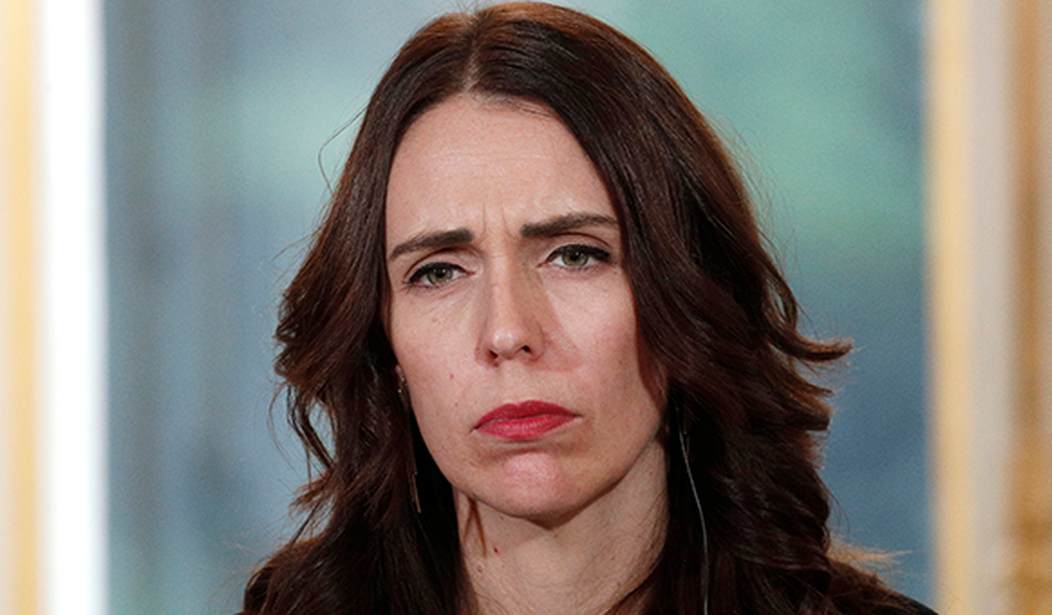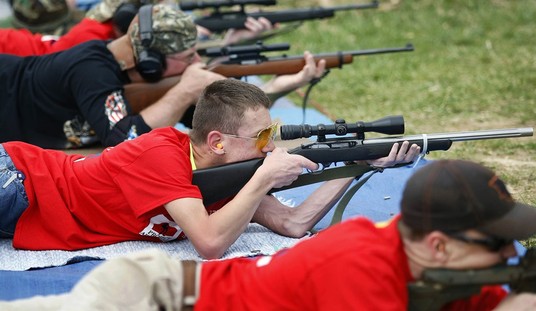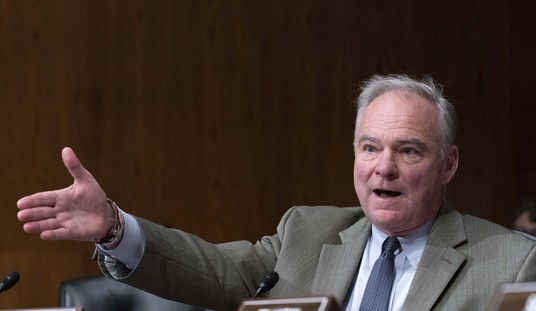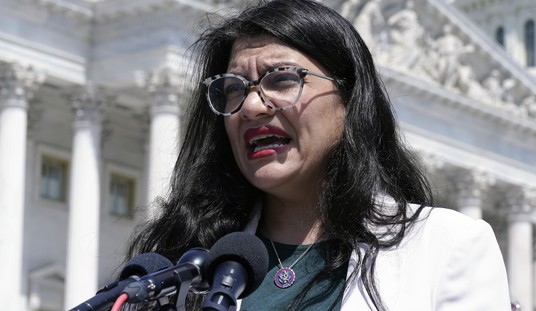New Zealand’s gun grab, instituted in the wake of the Christchurch massacre, isn’t going so great. In fact, with less than two months to go before the government-imposed deadline, fewer than 20% of the estimated number of banned firearms have been handed over.
New Zealand Police Minister Stuart Nash announced this week that more than 32,000 prohibited weapons have been returned to the government since collections began in mid-July. Some estimates put the number of newly-banned military-style semi-automatic rifles in the country at up to 175,000.
This would suggest a compliance rate, so far, as low as 18 percent, 16 weeks into the buyback program. With seven weeks left to go until the amnesty period ends, if the current rate of return holds, the New Zealand government is on track to collect around 50,000 prohibited weapons pursuant to the buyback. That would impute a final compliance rate of around 29 percent, at the lower end, which would represent a modest but tangible success for policymakers.
A “modest but tangible success”? I think it’s more like a complete failure. Let’s say when the deadline passes less than one third of the banned firearms have been turned in. What exactly has been accomplished, other than the compensated confiscation of a few thousand firearms and the criminalization of tens of thousands of otherwise law-abiding citizens?
New Zealand’s estimated measure of success compares unfavorably to a similar program enacted in nearby Australia in 1996 and 1997. A well-cited review of that program reported a final compliance rate of anywhere from 40 percent to 80 percent.
However, New Zealand’s collection thus far still represents meaningful gains, especially when compared to how the U.S. has fared when trying to regulate assault weapons.
When analogous programs have been proposed in U.S. states, results have often been far less encouraging. New York passed the landmark SAFE Act in 2013, which required gun owners to register assault weapons as part of the state’s newly-expanded definition for those types of military-style rifles. One estimate put the registration rate at around 4 percent.
Yes, the compliance rate of the SAFE Act has been far lower than the New Zealand gun confiscation. That doesn’t mean that a compliance rate of less than 33% is a “success” by any means. And don’t forget, in New Zealand, gun owners don’t have the protection of the Second Amendment, as their prime minister has repeatedly stated.
“Owning a firearm is a privilege not a right,” New Zealand Prime Minister Jacinda Ardern said in September as the country’s parliament considered new gun control laws. “We absolutely recognize there is a legitimate need in our communities to be able to access guns, particularly our rural community, but what these changes do is recognize that actually there’s a real responsibility that comes with gun ownership.”
There’s a real responsibility that comes with making laws as well, and so far it looks like Ardern’s gun ban is going to create more armed criminals than disarm them, since she’s turning law-abiding gun owners into felons for simply maintaining possession of their legally acquired firearms. I’d say that’s pretty irresponsible, no matter how well-intended the gun grab may have been. There’s no such thing as banning your way to safety, but you can definitely ban your way to massive non-compliance. Six weeks away from its deadline, it looks like that’s exactly where New Zealand is headed.









Join the conversation as a VIP Member